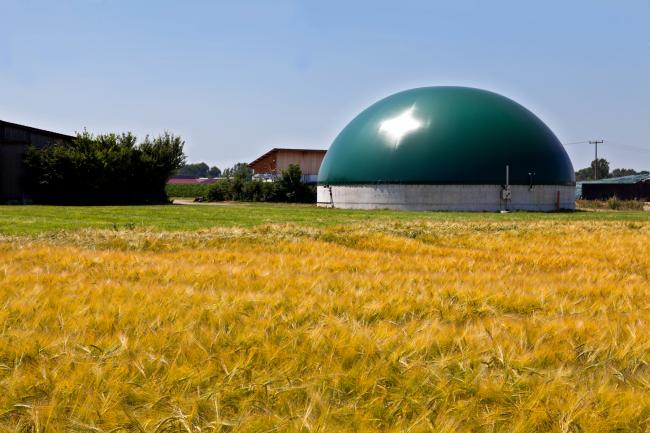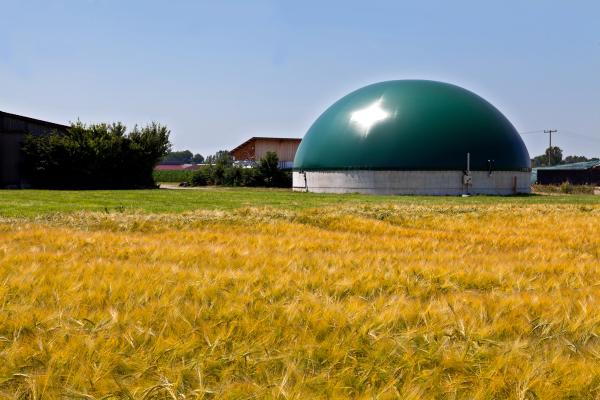Smartgas: farming with biogas to reduce carbon footprint and increase sustainability and resilience to climate change of cropping systems for quality

The aim of the project is to identify, test and validate management strategies and agronomic solutions able to guarantee sustainable cropping and quality agricultural products, enhancing the use and distribution of digestate through better techniques/machineries and optimizing farming systems of the biogas farms. In this way, the project aims to achieve long-term consolidation of the agricultural biogas sector in Tuscany, as well as sustainable intensification goals.
Regarding the farming technology, the process innovations to be proposed are:
1) conservation and minimum tillage;
2) sub-surface and side dress distribution of digestate;
3) digestate microfiltration and use in micro-fertigation.
Cropping systems will be enhanced by:
1) double cropping (winter + summer crops);
2) catch-crops, able to catch surplus nitrogen after the harvest of the previous crop;
3) conventional and unconventional multiannual species (e.g. Italian sainfoin/cool-season cereals).
Agriculture must be involved in GHG mitigation, by reducing agricultural inputs and therefore energy use (i.e. fuel and fertilizers) and increasing the carbon sequestration capability of farmland soils.
Increasing C sequestration capacity of agricultural soils is effective both as a mitigation and an adaptation strategy, as it positively influences all the physical, chemical and biological properties of soil, thus greatly favoring crop development and nutrition. Increased sequestration can be achieved both by reducing the intensity and frequency of soil tillage (conservation tillage) and by increasing organic C inputs to the soil (e.g. organic fertilizers, cover crops, crop residues, etc). For these reasons, it is important to promote good practices aimed to increase soil carbon and to create synergies between single techniques, starting from farms in which part of these innovations have already been introduced. Anaerobic digestion is a considerable asset when coupled with optimized cultivation systems that allow:
- to make the most of the carbon and nutrient potential of digestate;
- to reduce soil tillage;
- to keep the farmland "photosynthetically active" as long as possible along the year, by means of the presence of food, feed and bioenergy crops.
While collecting information, it has been found that digestate in Tuscany is often not used at the best of its potential within the farm producing it, nor outside (i.e. in surrounding farms). In particular, some state-of-the-art technologies for the exploitation of the liquid fraction are still scarcely widespread, and its distribution by means of traditional equipment often does not achieve optimal results both from the
agronomic and environmental points of view.
| Titolo/Descrizione | Url | Tipologia |
|---|---|---|
|
Sito web del progetto
|
Sito web
|
|
|
Pagina Facebook del progetto
|
Link ad altri siti che ospitano informazioni del progetto
|
|
|
Pagina web sul sito del Partner ERATA
|
Link ad altri siti che ospitano informazioni del progetto
|
|
|
Video finale del progetto
|
Materiali utili
|
